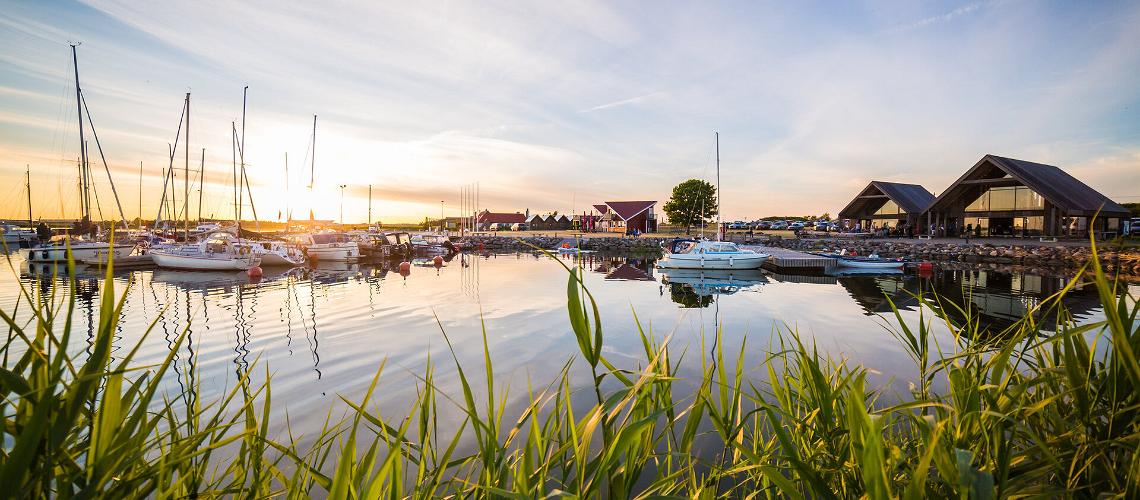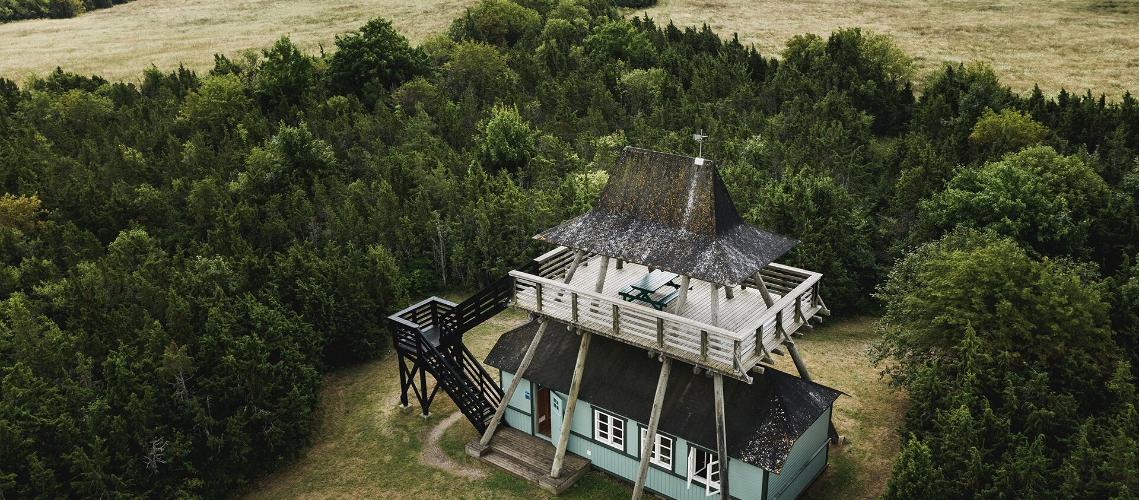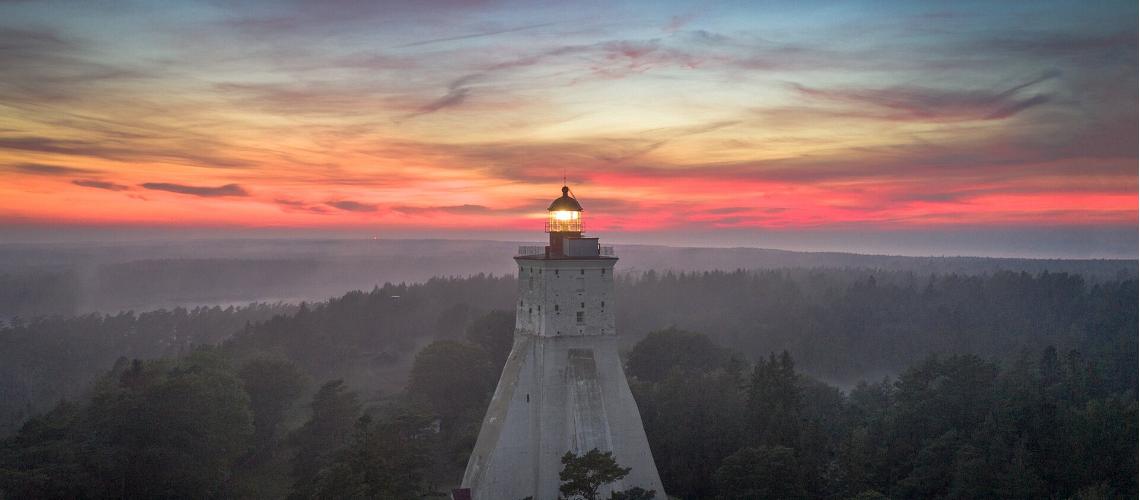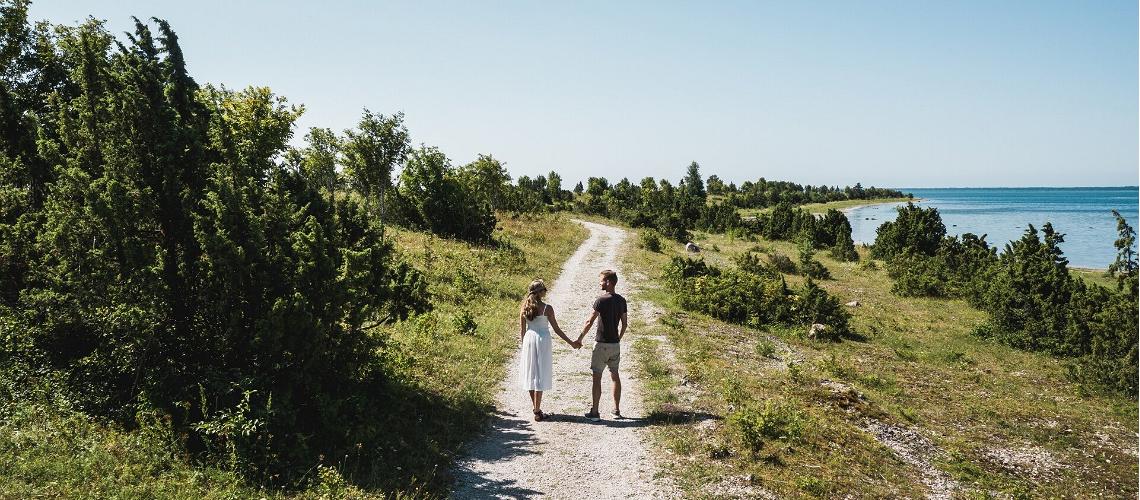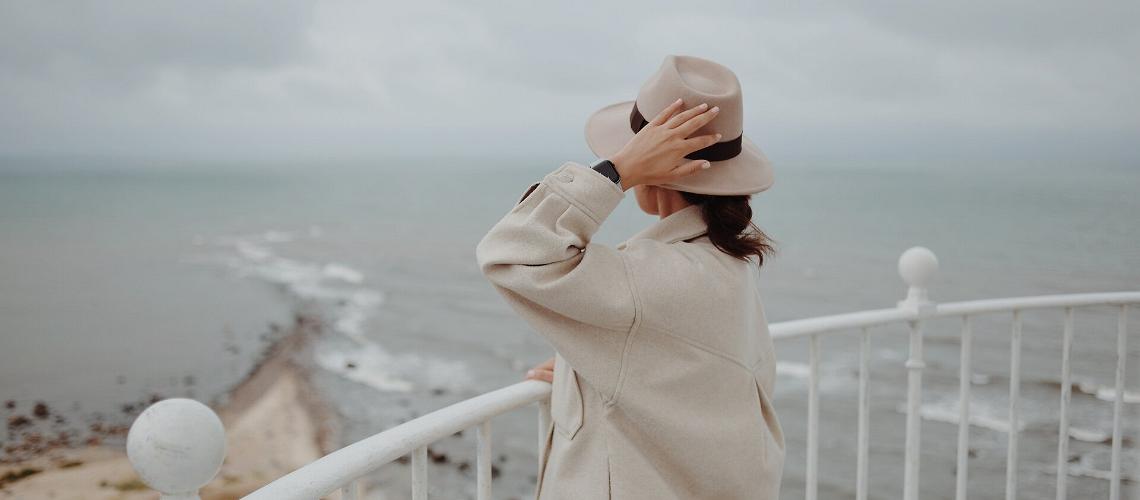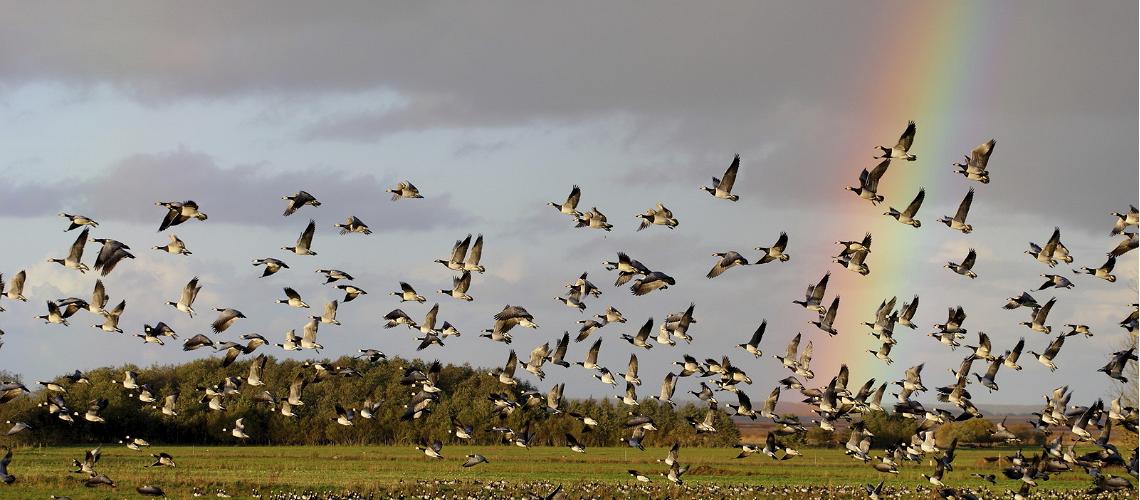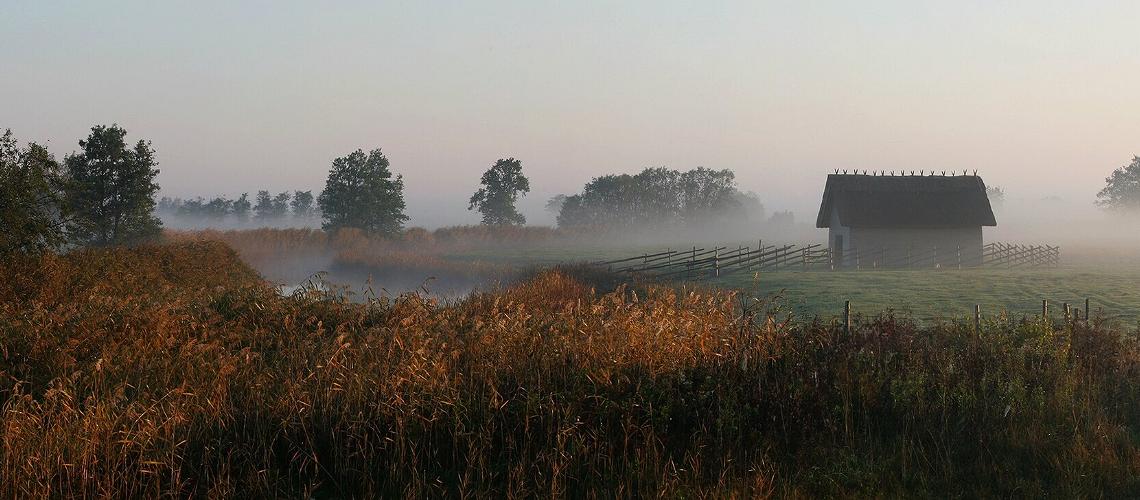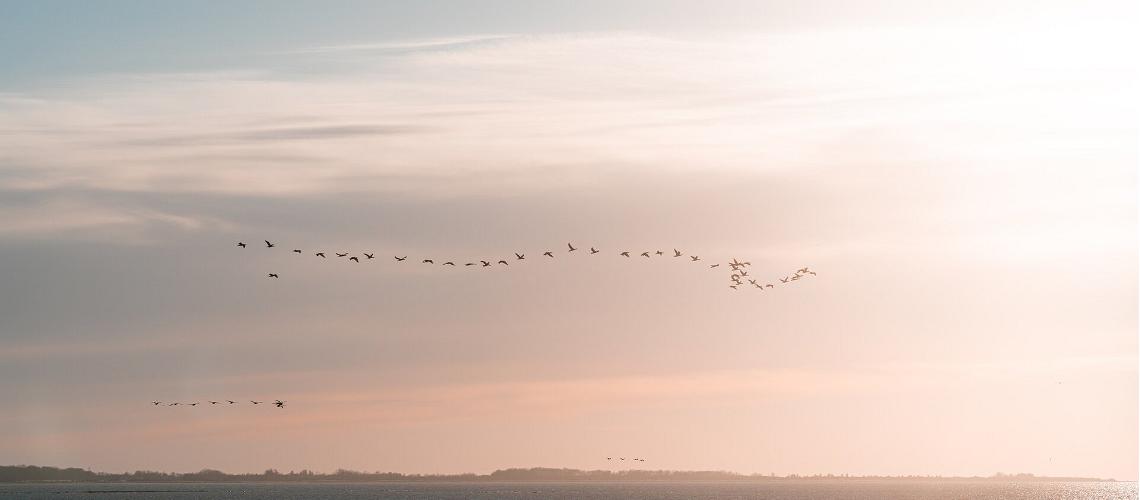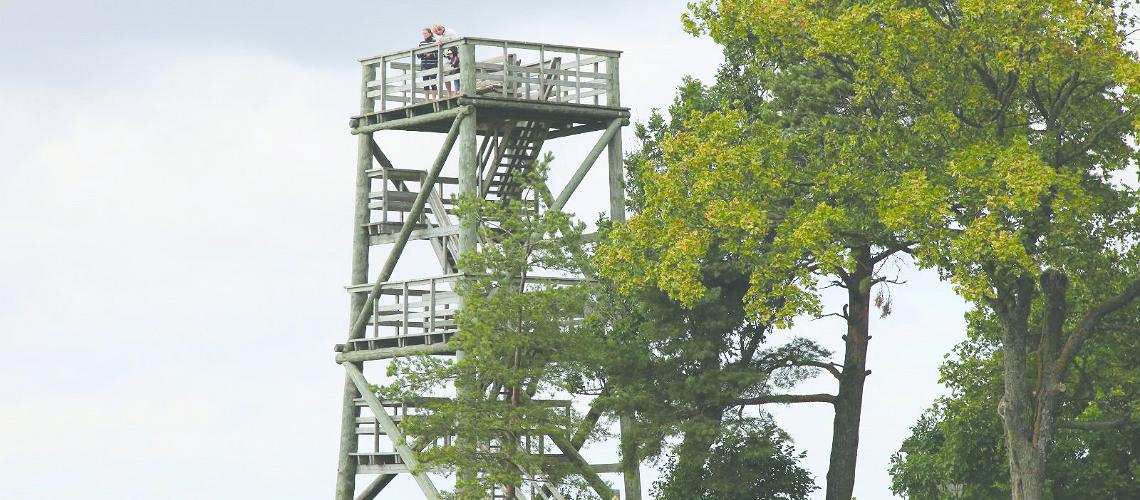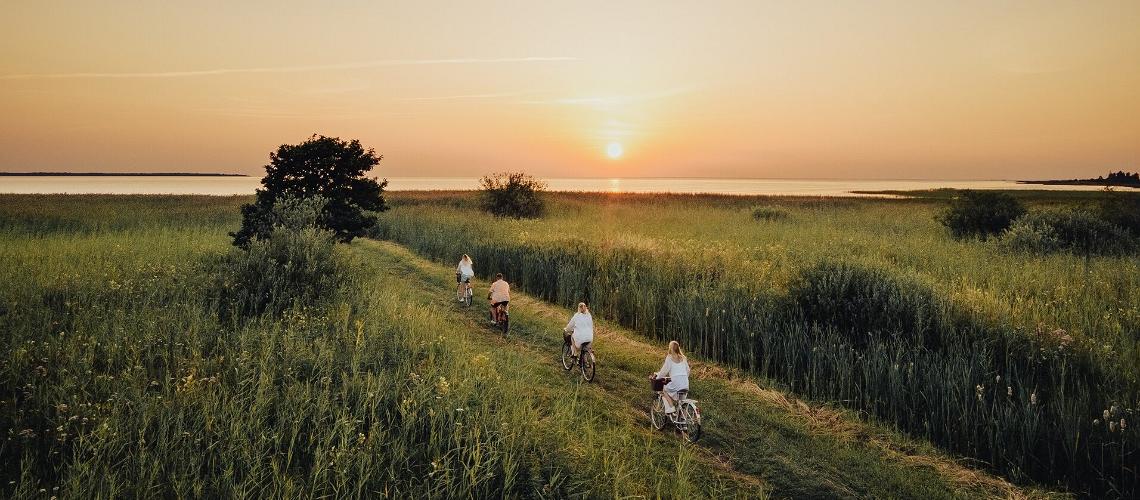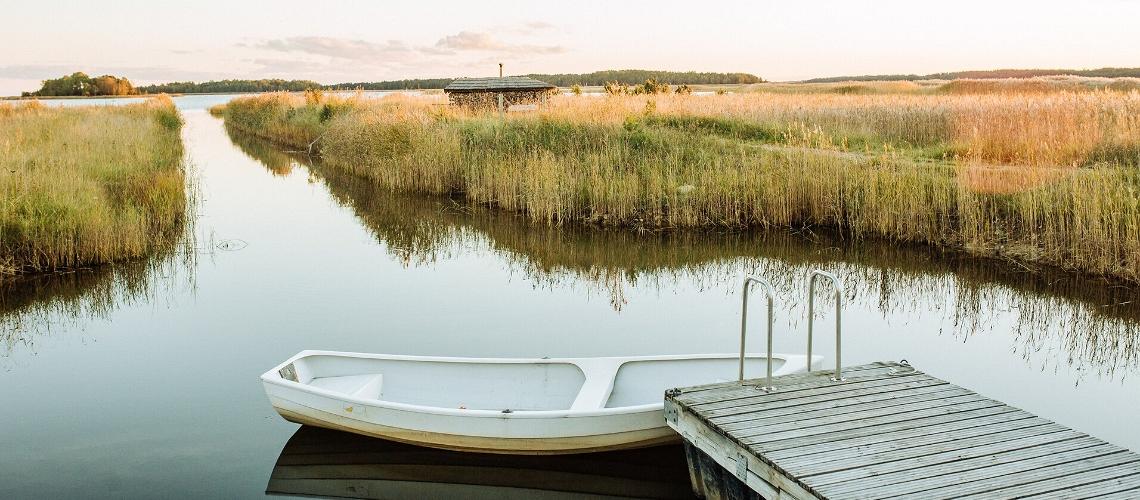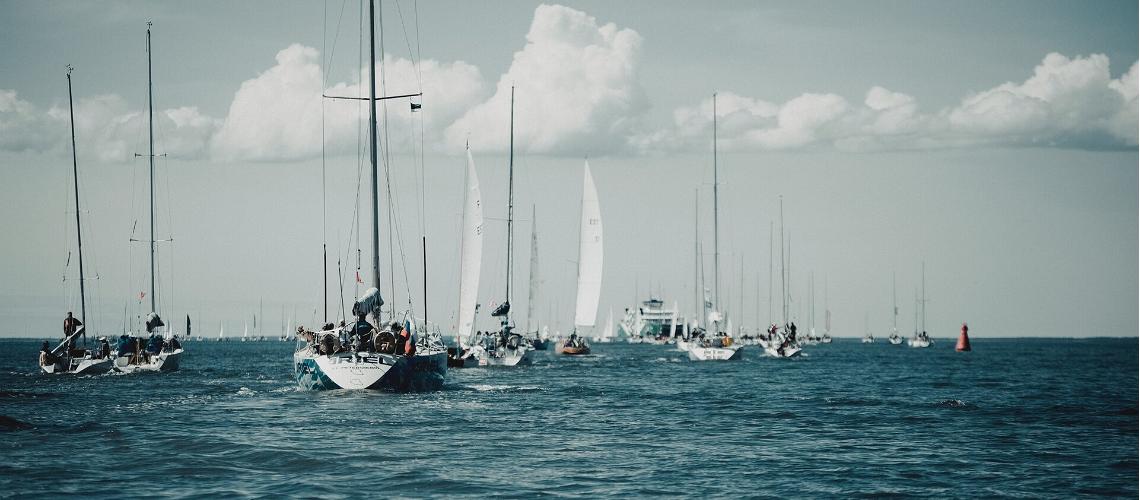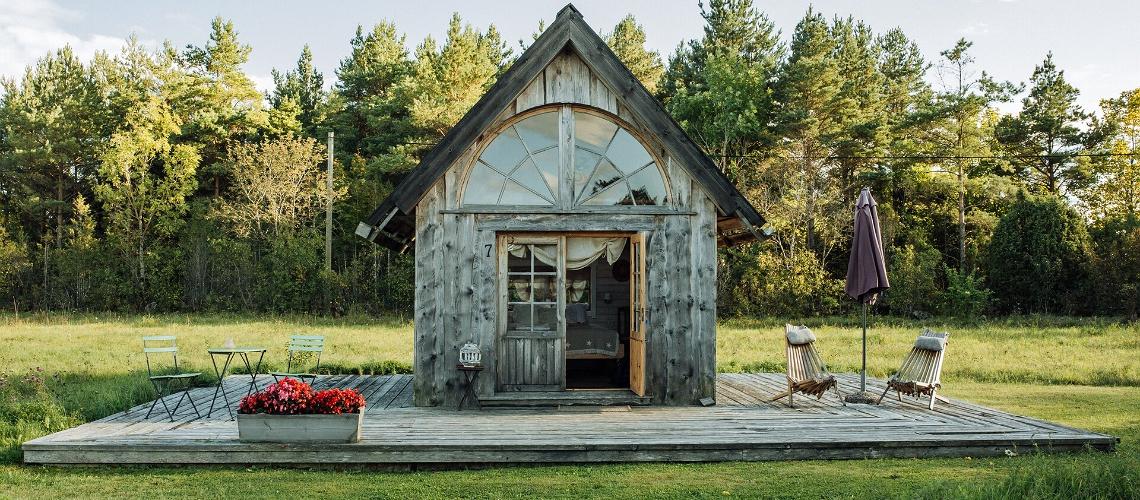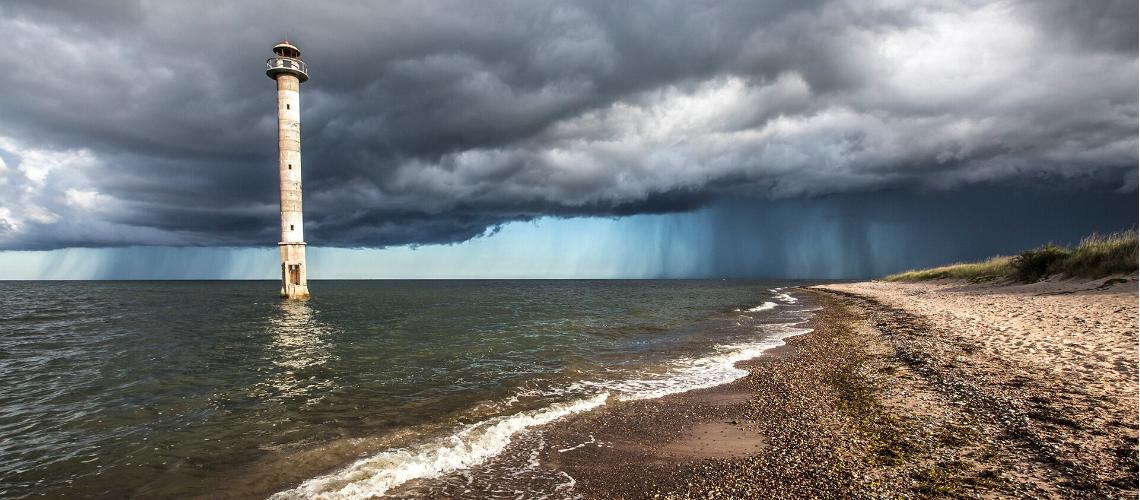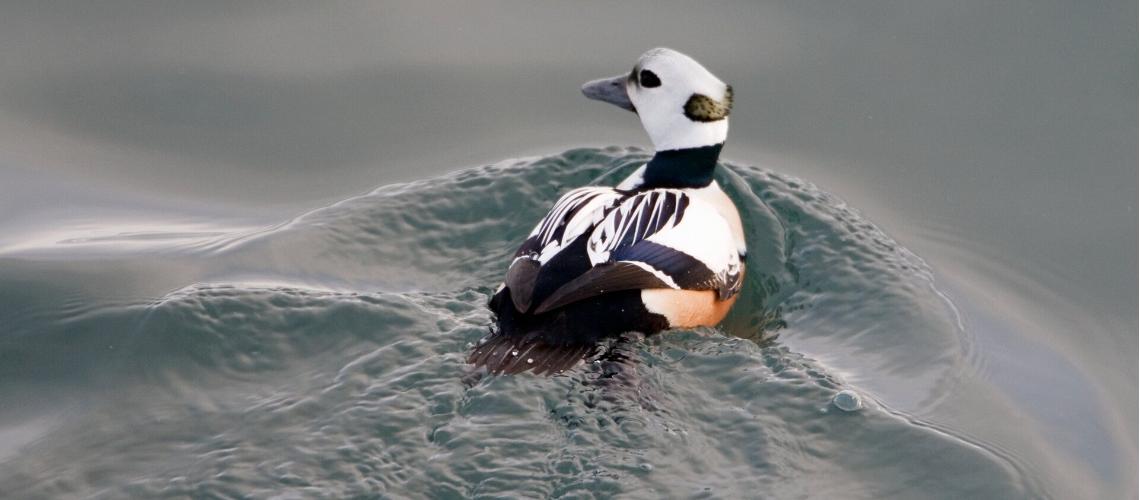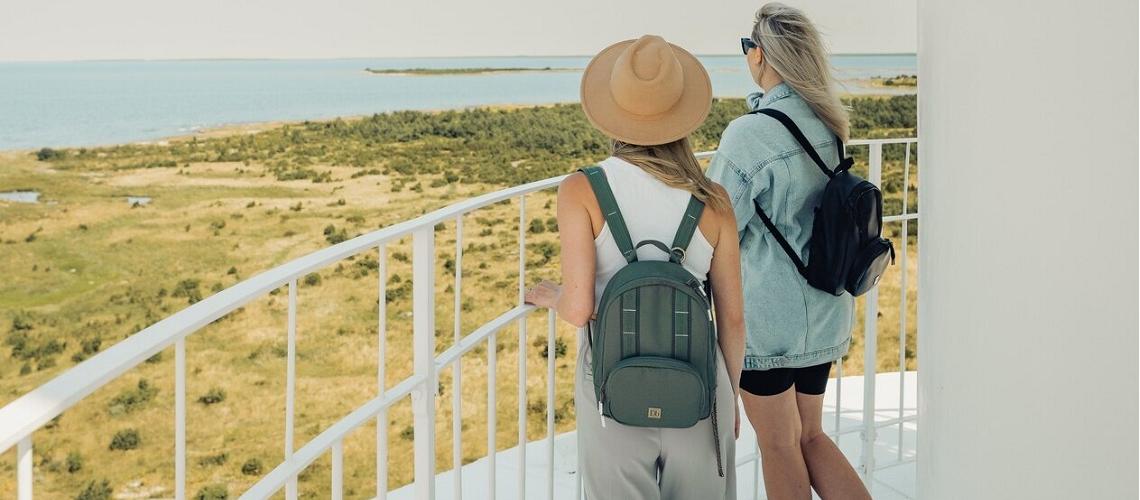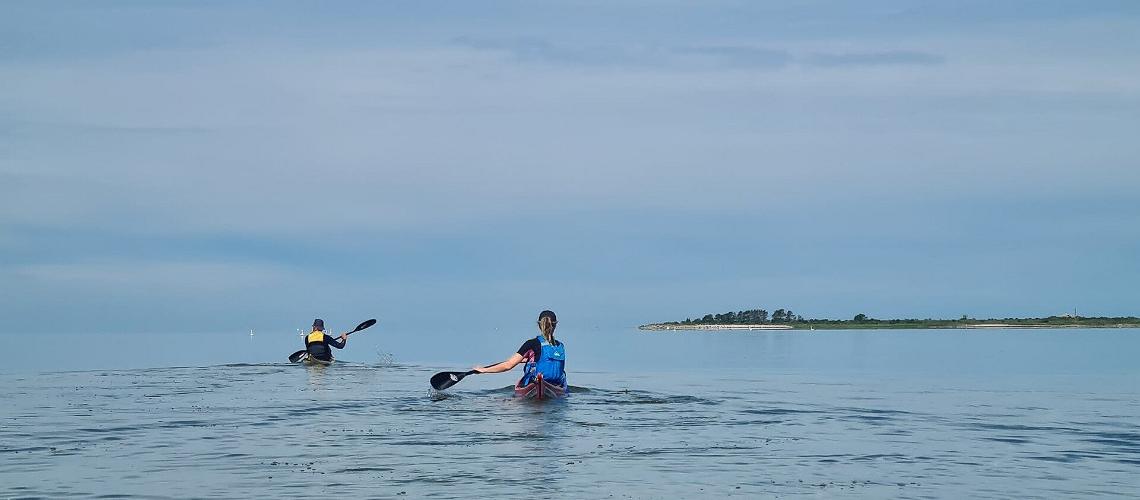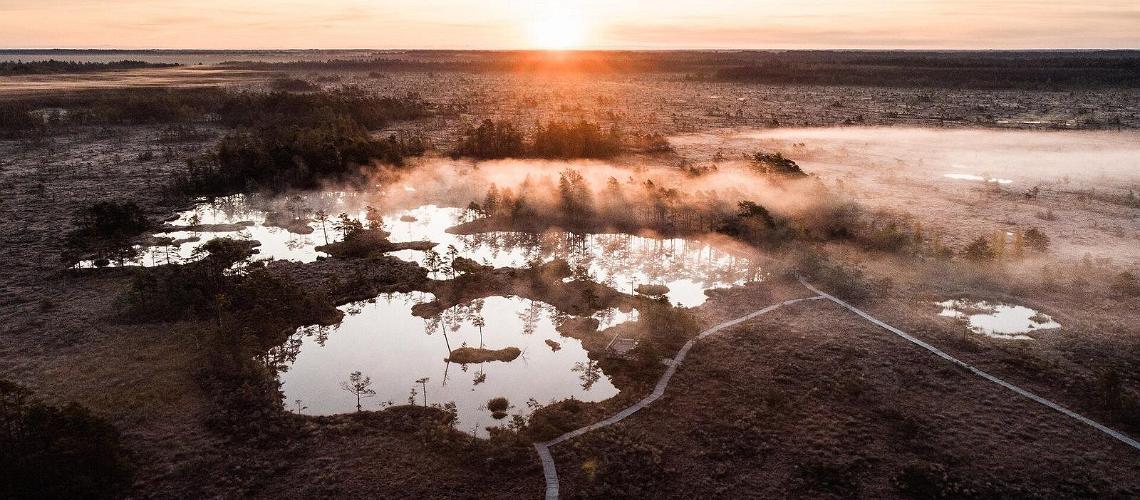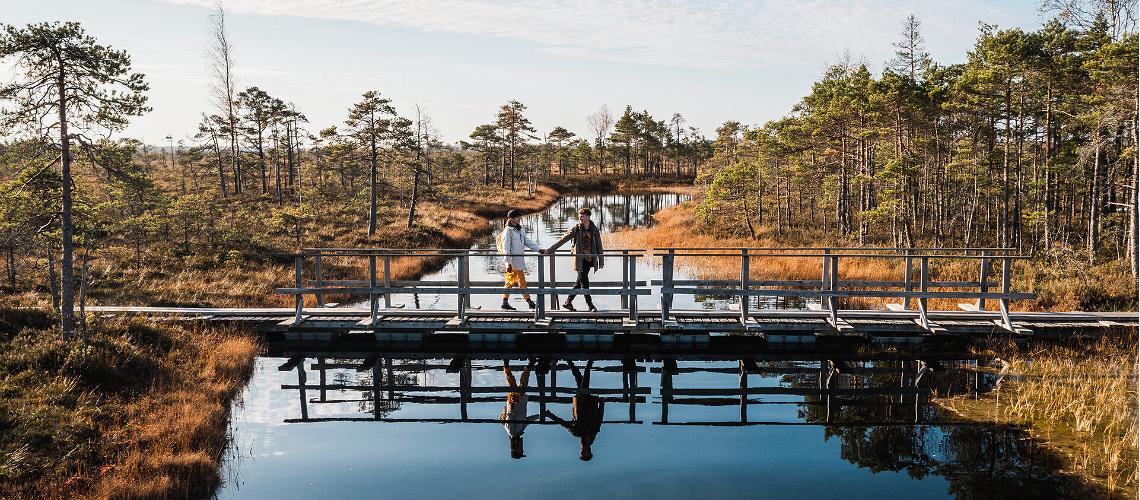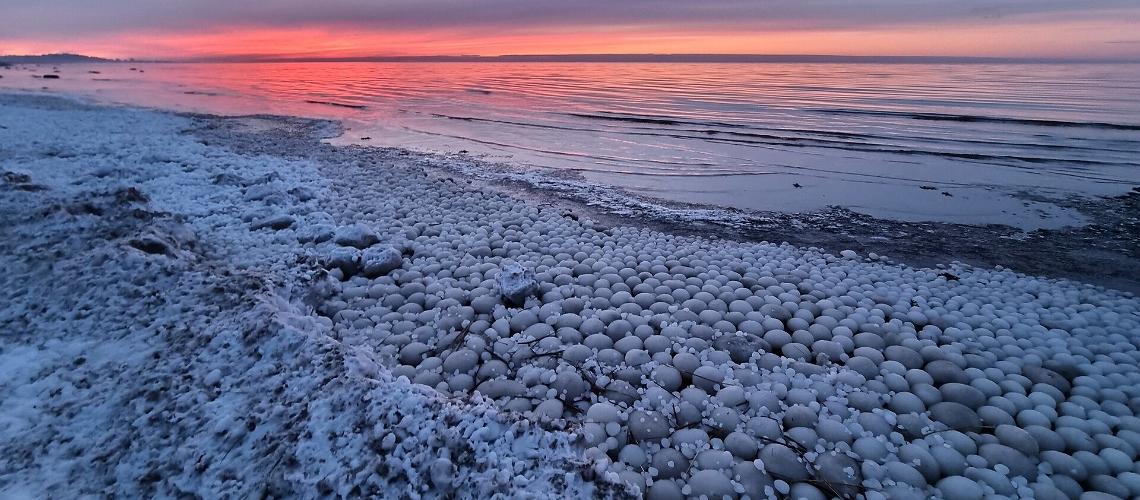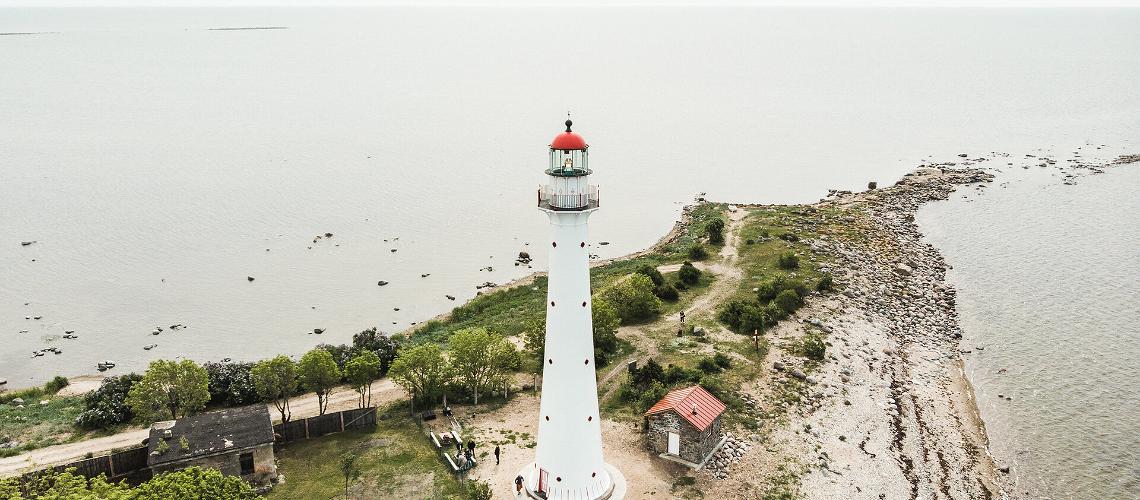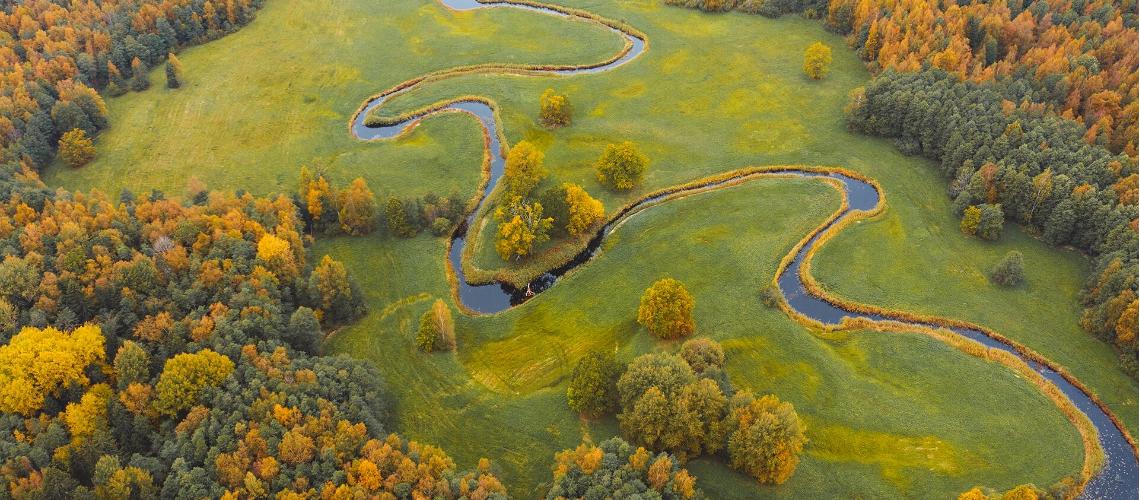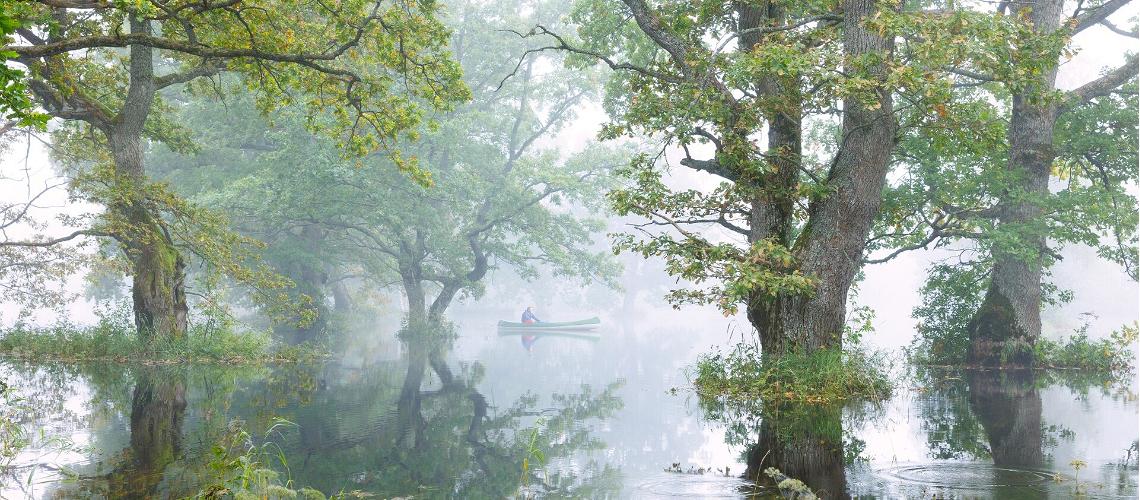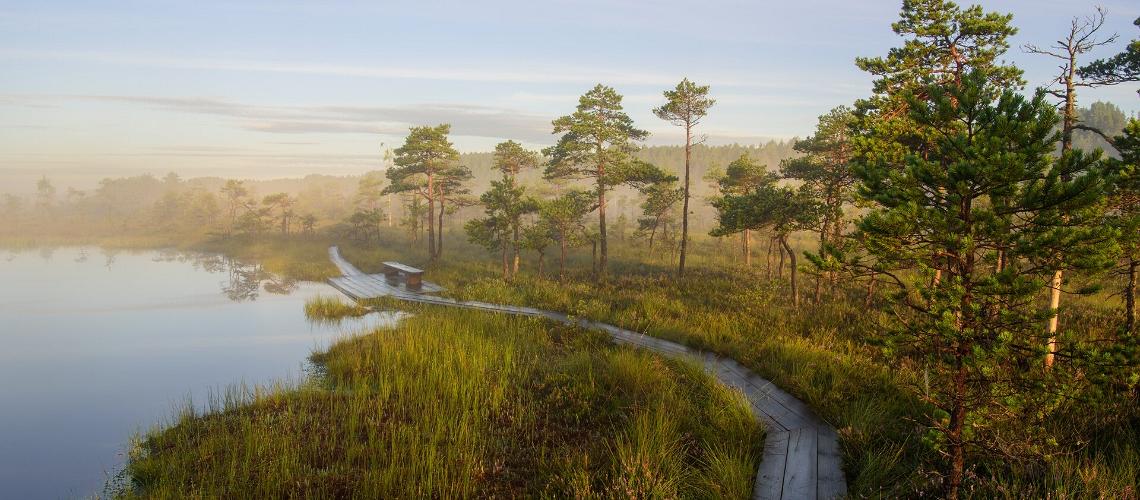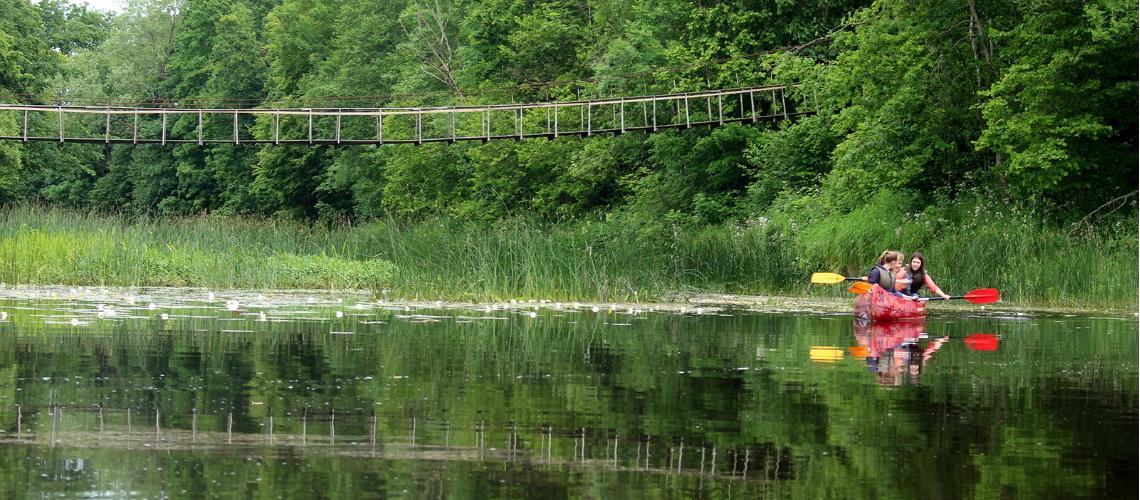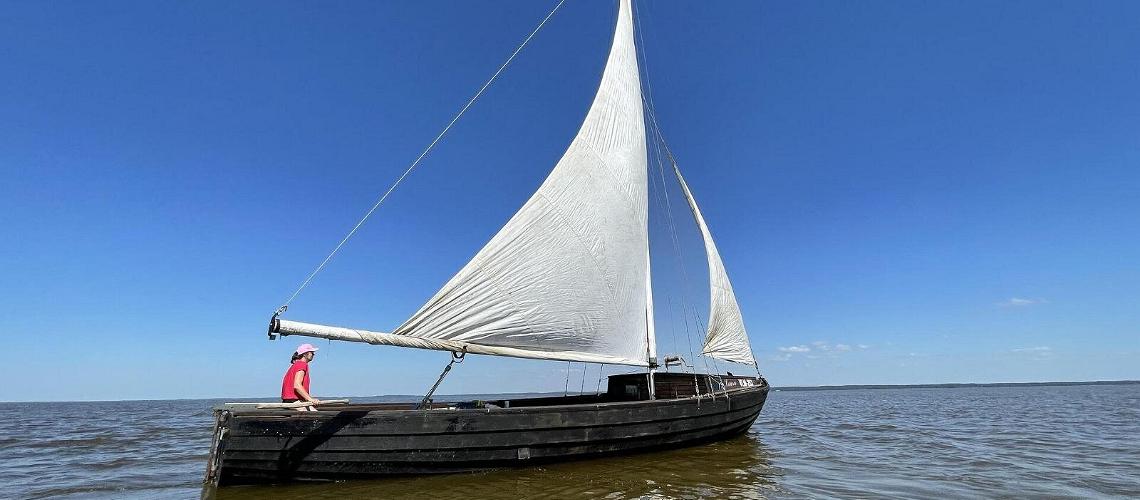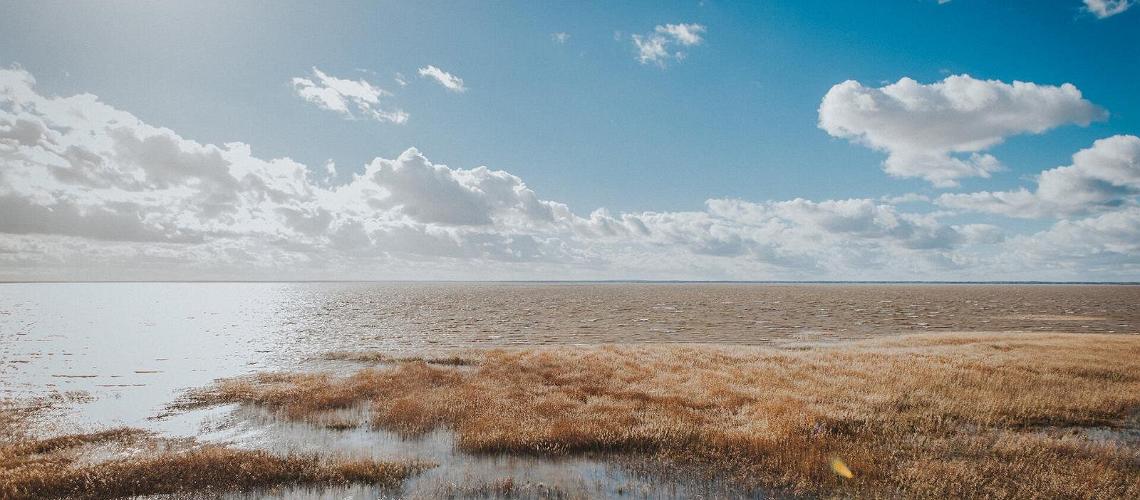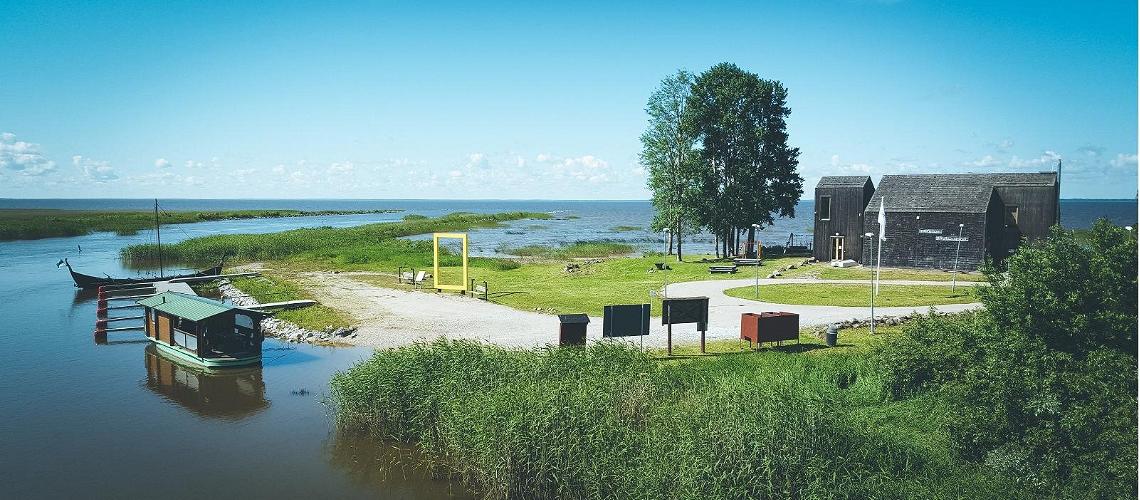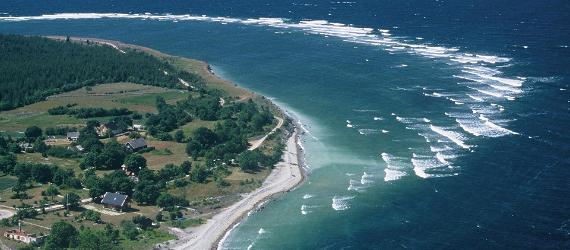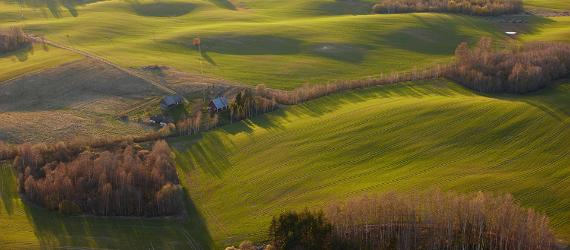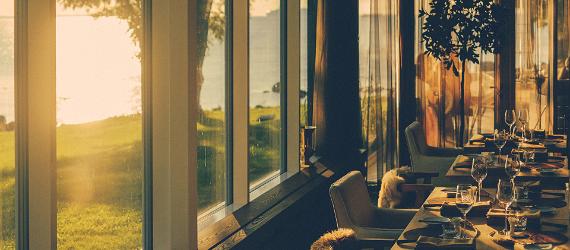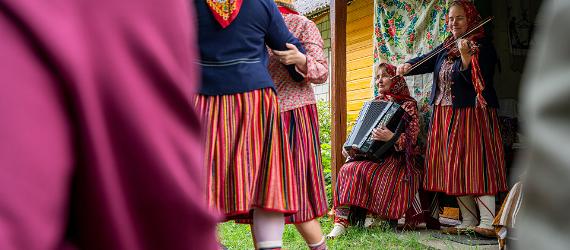Head south to Lake Võrtsjärv then west to the coast — any time of the year is a perfect time to explore these wild landscapes. Listen to the whispers of the forest, and wade into fresh, clean waters where bright-eyed seals bob and thousands of seabirds land on their seasonal migration.
Estonian culture is deeply rooted in nature like the tallest, widest, and oldest of trees. About half of Estonia's territory is covered in forest, meaning there are about 2 million hectares of pine, birch, and spruce. The bogs draw visitors all year round with their sense of otherworldly magic. And the siren song of the sea calls to sailors and tourists alike, pulling them towards the hundreds of islands scattered off the coast of West Estonia.
Pack along a warm woolen sweater with intricate local patterns and a pair of trusty walking shoes, and take a tour of Estonian nature.
Hiiumaa Island
Lighthouses in a UNESCO Biosphere Reserve
The island of Hiiumaa with its untouched nature and relaxed island lifestyle has been a part of the worldwide UNESCO program Man and the Biosphere for nearly 30 years. Hard-working islanders have earned special recognition for managing to live in harmony with nature and preserve their special traditions.
What to do on Hiiumaa Island
- Visit historic Kõpu, Tahkuna and Ristna lighthouses and enjoy a 360-degree view of the surrounding landscape.
- Discover deep forests along with a guide during the military nature hike in Tahkuna or along inland hiking trails.
- Go biking through the juniper fields of Kassari and the Sääretirp Cape and observe birds at Orjaku.
- Take a guided kayak tour through the islets of Hiiumaa.
- Enjoy nature from horseback or get to know the alvars on Sarve Peninsula.
Matsalu National Park
A birdwatcher's paradise along coastal flood meadows
Matsalu National Park has been listed in the Ramsar List as a wetland of international importance since 1976. In addition to birds, it also protects semi-natural communities characteristic to western Estonia as well as the cultural heritage of the Väinameri Sea.
In spring and autumn, Estonia's national parks see large flocks of migratory birds that have inspired a range of folk songs and sayings. A wise way of telling the change in weather is to carefully observe the movement of migratory birds. Once the storks leave, expect cooling weather; geese fleeing means frost is near, while the swans' departure is to be followed by snow. The Estonian national bird, the swallow, is the most accurate weatherman out there. Before the arrival of dark clouds, you can tell the rain is coming if you see swallows flying suspiciously close to the ground.
What to do in Matsalu National Park
- See one of Europe’s largest flood-meadows, the 4,000 ha Kasari floodplain meadow.
- Climb the Kloostri observation tower, visit the Haeska birdwatching tower , and Puise Nina farm and birdwatching tower.
- Botany enthusiasts can find numerous orchids among the oak and hazel trees that grow in these species-rich wooded meadows.
- Take a guided kayak tour through Matsalu National Park.
- Search for beavers, elk, and birds while on a boat tour.
- During the winter, take a kicksledge out on the frozen bay.
Muhu Island
Ancient fishing villages and islets
The traditions of Muhu Island derive from the cargo and merchants passing through, as well as war parties, fortune seekers, and workers. This is a place where time rests because the nature and traditions have remained much the same over time. Coastal folk culture has survived from ancient times to the modern day, welcoming visitors to find refuge on the island. Explore the Muhu and take in the authentic village ambience and serene landscape.
What to do on Muhu Island
- Learn about the farm architecture and landscape at the Koguva fishing village and Muhu Museum.
- Visit the Tihuse ancient culture trails or the Muhu Adventure Park and nature trail.
- Hike along the northern coast, cliffs, and islets of Muhu.
- Go for a ride on the sailing ship Moonland to enjoy scenic views of the sea.
- Organize a guided SUP trip to watch the sunset.
Vilsandi National Park
Protected habitat for seals and orchids
Estonia’s most western inhabited island, Vilsandi, forms the centre of a national park where you can find seals, waterbirds, and orchids. Two thirds of the national park comprises the sea along with over 150 islands, islets, and reefs.
What to do in Vilsandi National Park
- Vilsandi is the home of one of the biggest grey seal rookeries in Estonia and a resting spot for thousands of waterbirds.
- Over 30 species of orchids grow in the area — look for them on Vilsandi’s hiking trails or hike to Vilsandi on foot.
- Geology enthusiasts can examine limestone outcrops rich in fossils and petrified corals.
- The Harilaid hiking trail leads to the Kiipsaare lighthouse.
- Create a custom birdwatching tour during the spring or fall migrations.
- Organize a guided nature hike from Kusti Tourist Farm.
- Join a tour to search for Steller's Eider and other seabird.
The Romantic Coastline of West Estonia
Kihnu Island and 635 km of junipers and sandy beaches
The Romantic Coastline runs along the coastline around Pärnu Bay, through the juniper fields of Varbla to the Estonian-Latvian national border in Ikla. You can find traces of the long-forgotten coastline of the Baltic Sea here, or your soul might instead be called inland towards deep, mysterious forests and bogs.
What to do along the Romantic Coastline
- Take a walk along isolated beaches, and pass through idyllic fishing villages and rural landscapes, starting from Kabli Beach and Visitor Centre.
- Visit mysterious, ancient places for the most beautiful sunsets.
- Hike in a deserted bog, on coastal meadows alive with flocks of birds, and through sand dunes and pine forests.
- Visit Kihnu Island which has a unique cultural and natural environment and go on a fascinating island tour.
- Take a guided kayaking trip to Manija or Sorgu island.
- Rent a bike and follow the Kihnu Travel Wheel route on Kihnu Island.
- Hire a guide to take you along the Romantic Coastline north of Pärnu.
Soomaa National Park
Home to Estonia's fifth season
The fifth season is a time of great floods in Soomaa National Park — you will only realize the great impact of the floods in shaping the surrounding nature after visiting the area. Over 185 different species of birds have made their homes here, and you may also run into a lynx, wolf, or brown bear.
Springtime is particularly peculiar in Soomaa National Park. The snow melts, causing a flood in the national park. Known as the fifth season, this is the perfect time for canoeing along temporary waterways and through villagers' front yards. Local people are well prepared for the floods and anticipate their arrival like a visit from a rich relative. The fifth season is also known for romance, as according to local myths, this is the time when two old-time lovers meet, the river spirit and the bog spirit. According to these legends, the river and the wetlands are home to their many sons and daughters, wandering in the forests or hiding in the water.
What to do in Soomaa National Park
- You can take canoe trips with the guide from Soomaa.com during fifth-season floods.
- Go on a night-time canoe trip and beaver safari.
- Learn about making haabjas, traditional Estonian dugout canoes.
- Hike the Ingatsi nature study trail or Riisa nature study trail.
- Try a winter hike with snowshoes in Soomaa or a skating trip on the frozen river for an unforgettable experience.
Lake Võrtsjärv
Fishing villages and adventures on ancient waterways
Lake Võrtsjärv, which is part of the Natura 2000 nature and bird protection area, is the natural habitat for various plants and fish, as well as a popular tourism destination. The area of the lake with a thousand faces offers possibilities for active holidays, a visit to the lake museum, a chance to try oven-warm smoked bream with local fishermen, or a ride on a sailboat out on the water.
What to do on Lake Võrtsjärv
- Cycle around the entire lake, making a loop of nearly 140 km.
- Rent a canoe and paddle around the lake.
- Go sailing on a traditional sailboat.
- Take horses swimming or take a ride through the forests surrounding the lake.
- Nearby there are over one hundred kilometers of hiking trails in Elva and the Hellenurme watermill offers insight into the region's cultural heritage.
Why should you make the time for an Estonian nature tour?
Dr. Simon Bell, a professor at the Estonian University of Life Sciences, has been studying the effects of nature on our health for many years. He accepts that there is a clear link, but can only theorize when asked the question why. "We have the evidence that being closer to nature makes us more relaxed, based on the physiological factors, i.e. things we can measure. So, we know it works, but we don't really know how", said Bell.
As humans, we can live our lives quite out of touch with the natural world that we inhabit. We tend to become detached from nature and our place within its delicate balance. "Sometimes it's very important for us as humans to feel small, to feel part of something that's so much bigger than ourselves and our busy lives", says Bell. "To be at one with nature, with the universe, is humbling and ultimately relaxing as a result."















